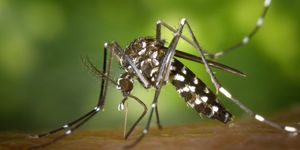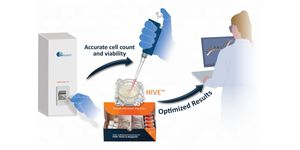Using Solar Panels to Grow Food and Produce Clean Energy at the Same Time
Climate change has significant impacts on the world around us. As our climate warms, the affects can be wide range, though their effects on agriculture pose significant challenges. Climate change has the potential to disrupt crop production, highlighting a need for ways to help agricultural efforts adapt.
In the same vein, the use of non-renewable energy sources, which has been a major driver of climate change, has led researchers to push for and develop cutting-edge technologies to harness air, wind, and sun energy for cleaner energy production.
But what if there was a way to more efficiently produce both food and clean energy at the same time? A team of researchers at the University of California-Davis may have found a solution.
Published in Earth’s Future, researchers recently conducted an agrivolatics study searching for a way to make the production of clean energy and food more efficient. Agrivolatics refers to the use of land for the dual purpose of agricultural activities and energy production, usually for the production of energy from solar energy.
A unique problem with solar panels, the researchers noted, was that they are fairly inefficient in their use sunlight. They absorb all the sunlight that hits them and does the best it can with it. However, according to the study, researchers that photovoltaic cells in solar panels can use certain parts of the light spectrum more efficiently. So can plants. Specifically, researchers found that red light was more effective for growing plants, while blue light was more effective for producing energy with solar panels.
These findings open up several possibilities for further argrivolactic work; for example, what if a system could be designed that absorbed blue light for solar panels while feeding red light to plants, making more efficient use of light. Essentially, researchers suggest that this could allow researchers to use solar panels and grow plants in the shade of solar panels.
Sources: Science Daily; Earth’s Future








